In the realm of modern computing, the accumulation of software and temporary files is an inevitable consequence of daily use. These files, though seemingly innocuous, gradually occupy precious storage space and can significantly impede the performance of your computer system. To counteract this gradual decline in efficiency, we present a comprehensive guide to conducting a software spring clean for your computer, ensuring its optimal operation and longevity.
At the forefront of our cleaning endeavor is the elimination of temporary files, which are byproducts of everyday computer operations and can congest system storage. Follow these steps meticulously:
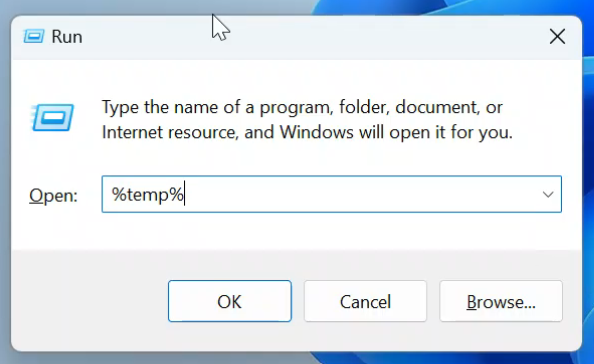
Step 1.1: Initiate the Run dialog by pressing Win + R, then input %temp% and execute it by pressing Enter.
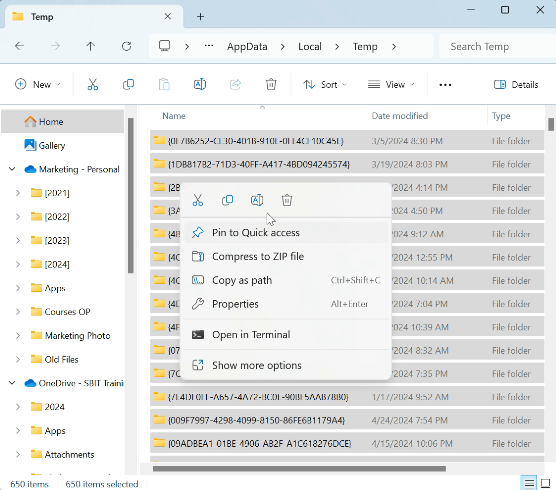
Step 1.2: Within the opened temporary files folder window, employ the "Alt + A" shortcut to select all files.
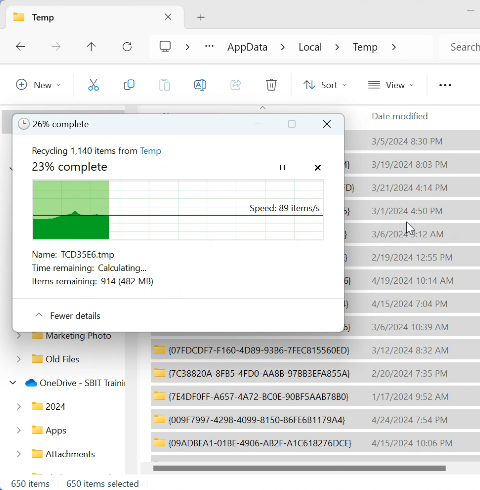
Step 1.3: With all files selected, confidently press the "Delete" key to eradicate these temporary nuisances from your system.
Harnessing the power of the Windows Malicious Software Removal Tool (MRT) is our next course of action. This invaluable tool scans the system for potential threats and promptly dispatches them from existence.
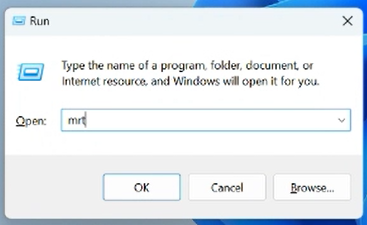
Step 2.1: Invoke the Run dialog once more using Win + R, then input mrt and execute it by pressing Enter.
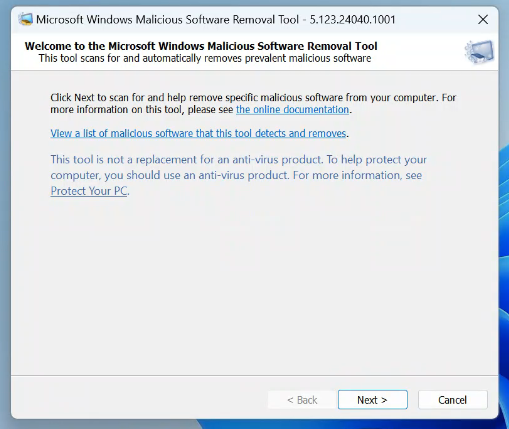
Step 2.2: Navigate through the prompts in the ensuing window to initiate the Windows Malicious Software Removal Tool and allow it to conduct its thorough examination.
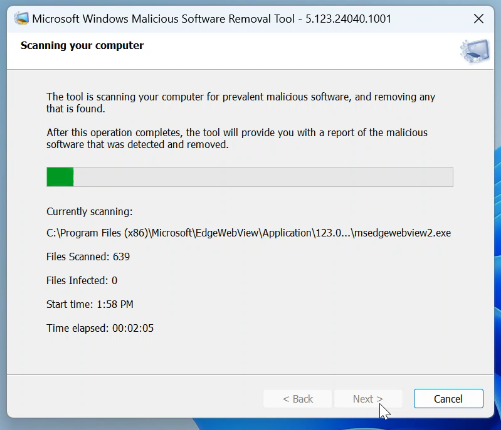
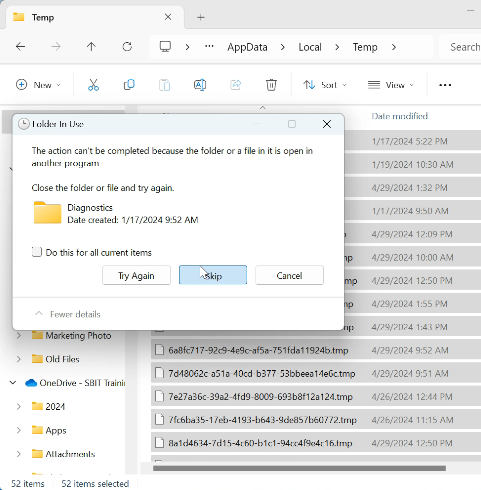
Post-execution of the aforementioned steps, the majority of temporary files and potential threats should have been efficiently purged from your system. However, in rare instances, you may encounter files that defy deletion. In such cases, it is prudent to temporarily bypass them to forestall any potential system instability or data loss.
Upon successful completion of the prescribed steps, your computer system should undergo a remarkable revitalization. Not only will you liberate substantial storage space, but you will also bestow upon your system enhanced performance and fortified security measures. By conscientiously adhering to these periodic cleaning rituals, you ensure an uninterrupted and seamless computing experience, both in professional and leisure pursuits.
Additional Tips for Maintenance
In addition to the pivotal steps explained above, it is imperative to adopt a holistic approach to computer maintenance. Consider implementing the following practices to fortify the resilience and longevity of your computer system:
Enroll in a Professional Diploma in IT Support or a part-time IT course to stay abreast of the latest advancements in computer system operation. Regularly updating your operating system, software, and antivirus program is paramount to rectifying security vulnerabilities and optimizing system performance.
Embrace the built-in Disk Cleanup tool as a stalwart ally in the battle against clutter and inefficiency. This utility meticulously sifts through unnecessary files and liberates precious disk space, thus promoting streamlined system operation.
Exercise discernment in the installation and retention of software applications on your system. Uninstall obsolete or seldom-used programs periodically to alleviate resource strain and streamline system functionality.
Use the defragmentation tool to organize your files on your computer, which will make it faster and more responsive."
Cultivate the habit of regularly backing up critical data to external storage devices or cloud-based platforms. This proactive measure mitigates the risk of data loss in the event of hardware failure or malicious cyber-attacks.
In short, cleaning your computer software is important for keeping your system running smoothly. It's not just about tidiness, but also about maintaining efficiency and integrity. Regularly cleaning your software can help prevent issues and keep your system working properly. It is essential for the overall health and performance of your computer.
Follow the recommended steps and extra maintenance tips. This will help you start a journey of continuous improvement and strength. You will gain a full understanding of computer repair and how systems work. You have professional diplomas in IT support and have taken part-time courses. You are responsible for protecting your computer system in the evolving digital world.


 Malaysia
Malaysia